Home>Construction & Tools>Building Materials>What Is Synthetic Stucco Made Of
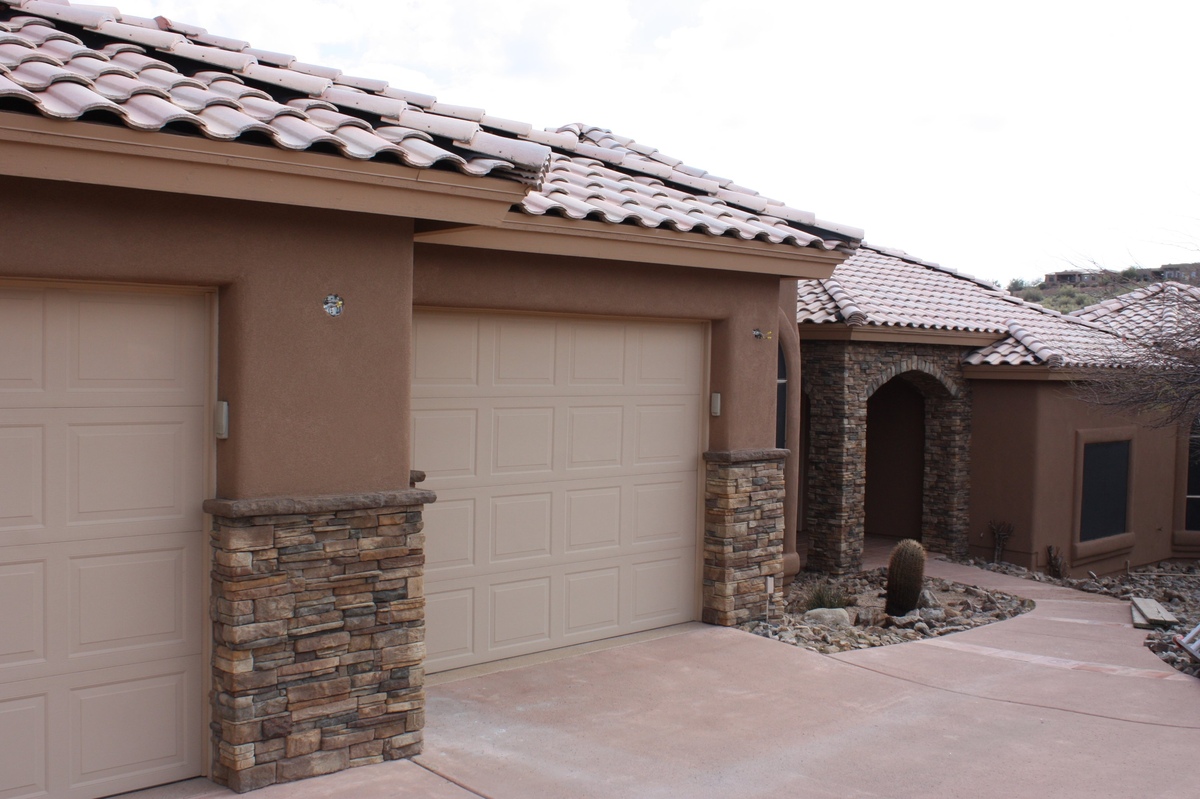

Building Materials
What Is Synthetic Stucco Made Of
Modified: February 18, 2024
Discover the composition of synthetic stucco and its key building materials. Learn about the ingredients used in synthetic stucco construction.
(Many of the links in this article redirect to a specific reviewed product. Your purchase of these products through affiliate links helps to generate commission for Storables.com, at no extra cost. Learn more)
Introduction
When it comes to enhancing the aesthetics and durability of a building's exterior, stucco has long been a popular choice. Traditionally, stucco was made from a mixture of cement, sand, and lime. However, with advancements in building materials, synthetic stucco has emerged as a compelling alternative. This modern variation offers a range of benefits, including improved flexibility, moisture resistance, and ease of application. In this article, we will delve into the world of synthetic stucco, exploring its composition, advantages, disadvantages, common uses, and maintenance requirements. By the end, you will have a comprehensive understanding of what synthetic stucco is made of and its suitability for various architectural projects.
Key Takeaways:
- Synthetic stucco, made of polymer-based binders and insulation board, offers flexibility, moisture resistance, and design versatility. It’s a durable and visually appealing choice for building exteriors.
- Proper maintenance, including regular inspections and cleaning, is crucial for preserving the integrity and aesthetics of synthetic stucco. This ensures long-term performance and visual allure.
Read more: What Is Synthetic Grass Made Of?
History of Synthetic Stucco
The history of synthetic stucco dates back to the mid-20th century when building material manufacturers began experimenting with alternative formulations to traditional stucco. The goal was to develop a material that retained the desirable characteristics of stucco while addressing its limitations, such as susceptibility to cracking and moisture infiltration.
One of the pivotal advancements in the development of synthetic stucco was the introduction of Exterior Insulation and Finish Systems (EIFS) in the 1960s. EIFS marked a significant departure from traditional stucco by incorporating insulation materials and a multi-layered construction, offering improved energy efficiency and weather resistance. This innovation laid the foundation for the evolution of modern synthetic stucco.
Throughout the following decades, manufacturers refined the composition of synthetic stucco to enhance its performance and versatility. By incorporating polymers, such as acrylic resins, into the mixture, they achieved greater flexibility, impact resistance, and adhesion to substrates. These advancements propelled synthetic stucco into the mainstream of contemporary construction, where it continues to be a popular choice for architects, builders, and homeowners seeking a durable and visually appealing exterior finish.
Composition of Synthetic Stucco
Synthetic stucco, also known as Exterior Insulation and Finish System (EIFS), comprises several key components carefully combined to deliver exceptional performance and aesthetic appeal. The primary constituents of synthetic stucco include:
- Polymer-Based Binders: Unlike traditional stucco, which relies on cement as the primary binding agent, synthetic stucco incorporates polymer-based binders, such as acrylic resins. These binders impart superior flexibility, impact resistance, and adhesion to the substrate, allowing the stucco to withstand structural movement and external forces without cracking or delamination.
- Reinforcement Mesh: To enhance tensile strength and dimensional stability, a reinforcing mesh, typically made of fiberglass, is embedded within the base coat of the synthetic stucco system. This mesh serves as a crucial element in preventing cracking and improving the overall durability of the finish.
- Insulation Board: In EIFS applications requiring thermal insulation, an insulation board, such as expanded polystyrene (EPS), is affixed to the substrate before the application of the base coat and finish coat. This insulation layer contributes to energy efficiency and can be customized to meet specific thermal performance requirements.
- Base Coat: The base coat, composed of a mixture of polymer-modified cement, aggregates, and water-resistant additives, serves as the foundation for the synthetic stucco system. It provides a robust, uniform substrate for the application of the finish coat and plays a pivotal role in safeguarding the building envelope against moisture infiltration.
- Finish Coat: The finish coat is the visible outermost layer of the synthetic stucco system, imparting texture, color, and weather resistance. It is formulated with high-quality acrylic polymers, pigments, and additives to achieve a durable, low-maintenance finish that can emulate various architectural styles, from smooth and sleek to textured and rustic.
By meticulously combining these components, synthetic stucco systems offer a versatile and resilient exterior cladding solution that can be tailored to meet the specific performance, aesthetic, and energy efficiency requirements of diverse architectural designs and environmental conditions.
Types of Synthetic Stucco
Synthetic stucco, or Exterior Insulation and Finish System (EIFS), encompasses various types that cater to distinct architectural preferences and performance demands. Understanding the different categories of synthetic stucco can assist architects, builders, and homeowners in selecting the most suitable system for their projects. The primary types of synthetic stucco include:
- Traditional Synthetic Stucco: This type closely emulates the appearance and texture of conventional stucco, offering a classic, timeless aesthetic. It is often utilized in architectural designs that seek to capture the charm of historical stucco finishes while benefiting from the enhanced durability and flexibility of modern synthetic stucco formulations.
- Textured Synthetic Stucco: Textured synthetic stucco systems provide a diverse range of surface finishes, including coarse, fine, and custom textures. These options enable architects and homeowners to achieve specific visual effects, such as replicating the look of natural stone, brick, or custom-designed patterns, adding depth and character to the building’s exterior.
- Smooth Synthetic Stucco: Smooth synthetic stucco delivers a sleek, contemporary appearance, characterized by a uniform, untextured surface. This type of finish is favored in modern architectural designs, where a minimalist aesthetic is desired, and it can be customized with a wide spectrum of colors to complement the overall design scheme.
- Insulated Synthetic Stucco: Insulated synthetic stucco systems integrate a layer of thermal insulation, such as expanded polystyrene (EPS) or extruded polystyrene (XPS), into the stucco assembly. This type of EIFS enhances the building’s energy efficiency, regulates interior comfort, and contributes to sustainable construction practices by reducing thermal bridging and heat loss.
- Water-Managed Synthetic Stucco: Water-managed synthetic stucco systems are engineered to effectively manage moisture infiltration, offering advanced drainage capabilities and moisture-resistant properties. These systems are particularly valuable in regions prone to heavy rainfall or high humidity, providing robust protection against water-related damage and promoting the longevity of the building envelope.
By recognizing the diverse array of synthetic stucco types, stakeholders in the construction industry can make informed decisions when specifying exterior cladding solutions, ensuring that the selected system aligns with the architectural vision, performance requirements, and environmental considerations of the project.
Advantages of Synthetic Stucco
Synthetic stucco, or Exterior Insulation and Finish System (EIFS), offers a host of compelling advantages that have solidified its position as a preferred exterior cladding choice in the construction industry. These advantages encompass both functional and aesthetic attributes, making synthetic stucco a versatile and high-performance solution for a wide range of architectural designs. Some of the key advantages of synthetic stucco include:
- Enhanced Flexibility: Synthetic stucco exhibits superior flexibility compared to traditional stucco, allowing it to accommodate structural movement and substrate expansion without cracking or compromising its integrity. This flexibility contributes to the long-term durability of the cladding system, particularly in regions prone to seismic activity or temperature fluctuations.
- Moisture Resistance: EIFS is engineered to resist moisture infiltration, safeguarding the underlying structure from water damage and mold growth. The inclusion of a drainage plane and water-resistant barriers in the system effectively manages moisture, preserving the integrity of the building envelope and promoting a healthier indoor environment.
- Thermal Insulation: Insulated synthetic stucco systems contribute to improved energy efficiency by providing a continuous layer of thermal insulation. This insulation helps reduce heat transfer through the building envelope, enhancing interior comfort, lowering heating and cooling costs, and aligning with sustainable building practices.
- Design Versatility: Synthetic stucco offers an extensive array of textures, colors, and finishes, enabling architects and homeowners to achieve diverse aesthetic visions. Whether seeking a traditional, textured, or smooth appearance, synthetic stucco can be customized to complement the architectural style and design preferences, enhancing the visual appeal of the building’s exterior.
- Lightweight Construction: EIFS is notably lightweight, exerting minimal structural load on the building. This characteristic contributes to easier handling during installation, reduces material transportation costs, and can be advantageous in retrofit applications where weight restrictions apply.
- Seamless Repairs and Retrofits: In the event of damage or the need for architectural updates, synthetic stucco systems facilitate seamless repairs and retrofits. This attribute ensures that maintenance and design modifications can be carried out with minimal disruption and cost, preserving the overall integrity and aesthetics of the building’s exterior.
By harnessing these advantages, synthetic stucco systems empower architects, builders, and property owners to realize architectural visions while ensuring long-lasting performance, energy efficiency, and aesthetic appeal in diverse construction projects.
Synthetic stucco, also known as Exterior Insulation and Finish System (EIFS), is made of a mixture of acrylic resins, cement, and other additives. It is applied in layers to create a durable and decorative exterior finish for buildings.
Read more: What Is Synthetic Fertilizer
Disadvantages of Synthetic Stucco
While synthetic stucco, also known as Exterior Insulation and Finish System (EIFS), offers an array of benefits, it is essential to consider potential disadvantages associated with this exterior cladding solution. Understanding these drawbacks can aid in making informed decisions and implementing appropriate measures to mitigate any challenges. Some of the notable disadvantages of synthetic stucco include:
- Potential Moisture Intrusion: Improper installation or damage to the synthetic stucco system can lead to moisture infiltration, potentially causing structural damage and promoting mold growth. Effective moisture management practices and regular inspections are crucial to prevent and address any moisture-related issues.
- Complex Installation Requirements: EIFS installation demands meticulous attention to detail and adherence to manufacturer specifications. The multi-layered construction and precise integration of insulation, base coat, reinforcement mesh, and finish coat necessitate skilled labor and comprehensive understanding of the installation process.
- Vulnerability to Impact Damage: The finish coat of synthetic stucco may be susceptible to impact damage from high-velocity objects, such as hail or debris propelled by severe weather conditions. While impact-resistant options are available, it is important to assess the risk of impact damage based on the building’s location and environmental factors.
- Potential for Cracking: In areas prone to seismic activity or significant structural movement, synthetic stucco systems may be susceptible to cracking if proper design considerations and reinforcement techniques are not implemented. Structural assessments and appropriate design modifications can mitigate the risk of cracking in these scenarios.
- Fire Performance Considerations: While EIFS can incorporate fire-resistant materials and meet relevant fire safety standards, it is crucial to evaluate the specific fire performance requirements of the building and ensure that the selected synthetic stucco system aligns with regulatory mandates and project specifications.
- Maintenance Requirements: Synthetic stucco systems necessitate periodic maintenance to uphold their performance and aesthetic attributes. Regular inspections, cleaning, and addressing any signs of wear or damage are essential to prolong the longevity of the cladding system and preserve its visual appeal.
By acknowledging these potential disadvantages, stakeholders in the construction industry can proactively address challenges associated with synthetic stucco, implement risk-mitigation strategies, and leverage the benefits of EIFS while ensuring the long-term resilience and functionality of the building’s exterior.
Common Uses of Synthetic Stucco
Synthetic stucco, or Exterior Insulation and Finish System (EIFS), has found widespread application across diverse architectural contexts, offering a versatile and visually appealing exterior cladding solution. Its adaptability, aesthetic versatility, and performance attributes make it well-suited for a variety of construction projects. Some of the common uses of synthetic stucco include:
- Residential Construction: Synthetic stucco is frequently employed in residential construction, adorning single-family homes, townhouses, and multifamily dwellings. Its ability to emulate the appearance of traditional stucco while delivering enhanced durability and design flexibility makes it an attractive choice for homeowners seeking a distinctive and low-maintenance exterior finish.
- Commercial Buildings: EIFS is extensively utilized in commercial construction, gracing the facades of office buildings, retail centers, hotels, and mixed-use developments. Its capacity to accommodate diverse architectural styles, incorporate branding elements, and provide long-lasting weather protection contributes to its popularity in commercial architectural design.
- Institutional Facilities: Educational institutions, healthcare facilities, and government buildings often feature synthetic stucco, leveraging its thermal insulation properties, customization options, and moisture management capabilities to enhance the visual appeal and energy efficiency of these structures.
- Historic Restoration: In historic preservation and restoration projects, synthetic stucco is utilized to replicate the appearance of traditional stucco while offering modern performance benefits. This enables architects and preservationists to rejuvenate historical structures with a durable, aesthetically authentic exterior cladding solution.
- Recreational and Hospitality Facilities: Synthetic stucco adorns recreational facilities, such as sports complexes and entertainment venues, as well as hospitality establishments, including resorts and restaurants. Its ability to accommodate custom textures, vibrant colors, and thematic design elements contributes to creating inviting and visually striking architectural environments.
- Retrofit and Renovation Projects: Synthetic stucco is frequently integrated into retrofit and renovation projects, revitalizing existing buildings with a fresh, modern exterior finish. Its lightweight construction, design versatility, and compatibility with insulation upgrades make it an advantageous choice for enhancing the aesthetics and performance of aging structures.
By embracing these common applications, synthetic stucco continues to enrich the architectural landscape, offering a harmonious blend of aesthetic appeal, performance attributes, and design adaptability across residential, commercial, institutional, and historic contexts.
Maintenance of Synthetic Stucco
Proper maintenance is essential to preserve the visual appeal, performance, and longevity of synthetic stucco, also known as Exterior Insulation and Finish System (EIFS). By adhering to recommended maintenance practices, property owners and facility managers can ensure that the synthetic stucco cladding system remains in optimal condition throughout its service life. Key considerations for the maintenance of synthetic stucco include:
- Regular Inspections: Conduct routine inspections of the synthetic stucco facade to identify any signs of damage, moisture infiltration, or wear. This proactive approach enables early detection of issues, allowing for timely intervention and maintenance to prevent potential deterioration.
- Cleaning and Stain Removal: Periodically clean the synthetic stucco surface to remove dirt, pollutants, and organic growth, such as algae or mildew. Utilize gentle cleaning methods, avoiding harsh abrasives or high-pressure washing, to safeguard the integrity of the finish coat and prevent damage to the cladding system.
- Sealant and Caulking Maintenance: Inspect and maintain sealant joints and caulking around windows, doors, and penetrations to ensure they remain intact and effectively prevent water intrusion. Address any deteriorated or damaged sealant promptly to uphold the moisture resistance of the synthetic stucco system.
- Repair of Surface Damage: Address any surface damage, such as impact marks or scratches, by applying compatible repair materials and techniques as recommended by the EIFS manufacturer. Properly executed repairs help maintain the aesthetic integrity of the synthetic stucco finish and prevent the progression of damage.
- Moisture Management: Monitor the drainage and moisture management features of the synthetic stucco system, including weep screeds, flashings, and drainage channels, to ensure they remain unobstructed and functional. Effective moisture management is critical in preserving the structural integrity and performance of the cladding assembly.
- Professional Inspections: Engage qualified professionals to conduct comprehensive inspections of the synthetic stucco system, particularly in regions with inclement weather or high humidity. Professional assessments can provide valuable insights into the condition of the cladding and identify any areas requiring attention or maintenance.
By diligently addressing these maintenance considerations, property owners and building managers can uphold the resilience, aesthetic appeal, and weather resistance of synthetic stucco, contributing to the long-term durability and performance of the building’s exterior envelope.
Conclusion
In conclusion, synthetic stucco, or Exterior Insulation and Finish System (EIFS), represents a modern, versatile, and visually captivating exterior cladding solution that has redefined the possibilities in architectural design and construction. With its composition comprising polymer-based binders, reinforcement mesh, insulation board, base coat, and finish coat, synthetic stucco offers enhanced flexibility, moisture resistance, and thermal insulation, catering to diverse performance requirements and design aspirations.
While synthetic stucco presents a range of advantages, including design versatility, energy efficiency, and seamless repairs, it is essential to acknowledge potential disadvantages, such as moisture intrusion and complex installation requirements, to ensure informed decision-making and proactive risk management. Common uses of synthetic stucco span residential, commercial, institutional, and historic applications, underscoring its adaptability and enduring appeal across various architectural contexts.
Effective maintenance practices, encompassing regular inspections, cleaning, sealant maintenance, and professional assessments, are paramount in preserving the integrity and aesthetics of synthetic stucco, contributing to its long-term performance and visual allure.
As the construction industry continues to evolve, synthetic stucco remains a compelling choice for architects, builders, and property owners seeking a resilient, customizable, and visually striking exterior cladding solution. By embracing the advancements, embracing the advancements in synthetic stucco technology and implementing meticulous maintenance practices, stakeholders can harness the enduring benefits of this innovative cladding system, enriching architectural landscapes and ensuring the longevity of their built environments.
Frequently Asked Questions about What Is Synthetic Stucco Made Of
Was this page helpful?
At Storables.com, we guarantee accurate and reliable information. Our content, validated by Expert Board Contributors, is crafted following stringent Editorial Policies. We're committed to providing you with well-researched, expert-backed insights for all your informational needs.
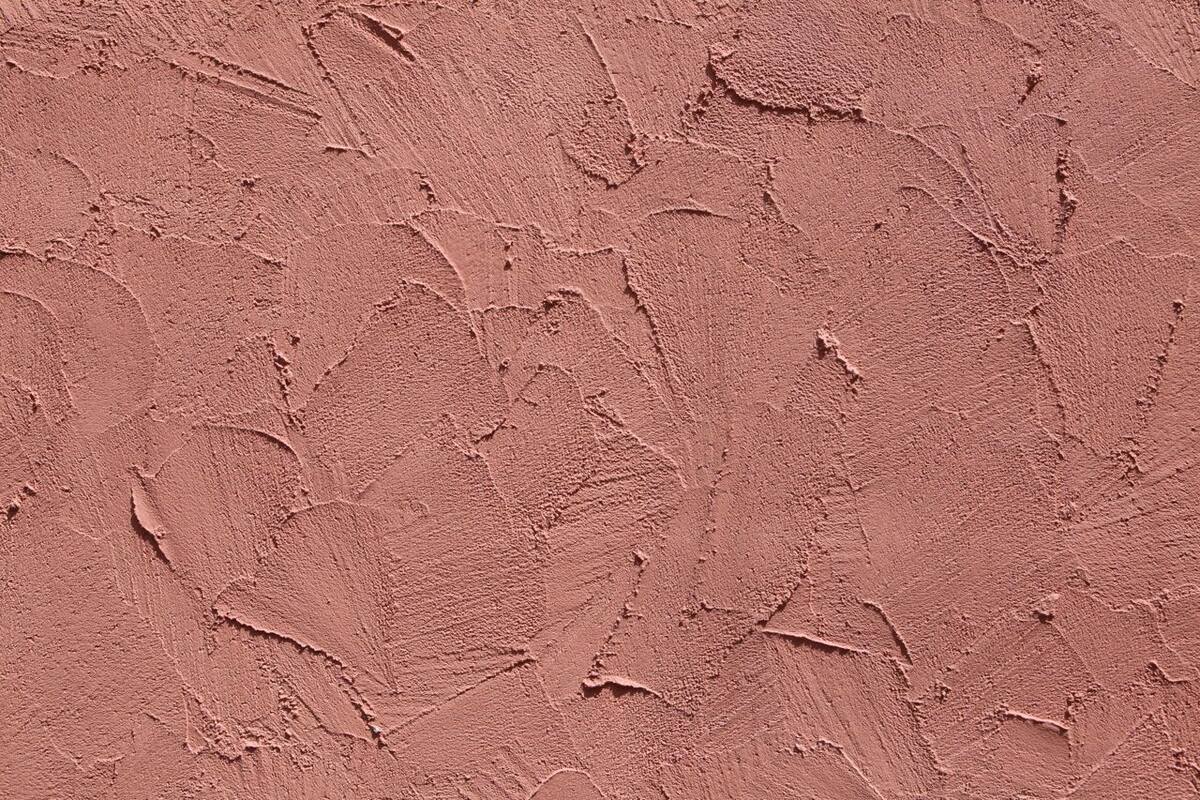
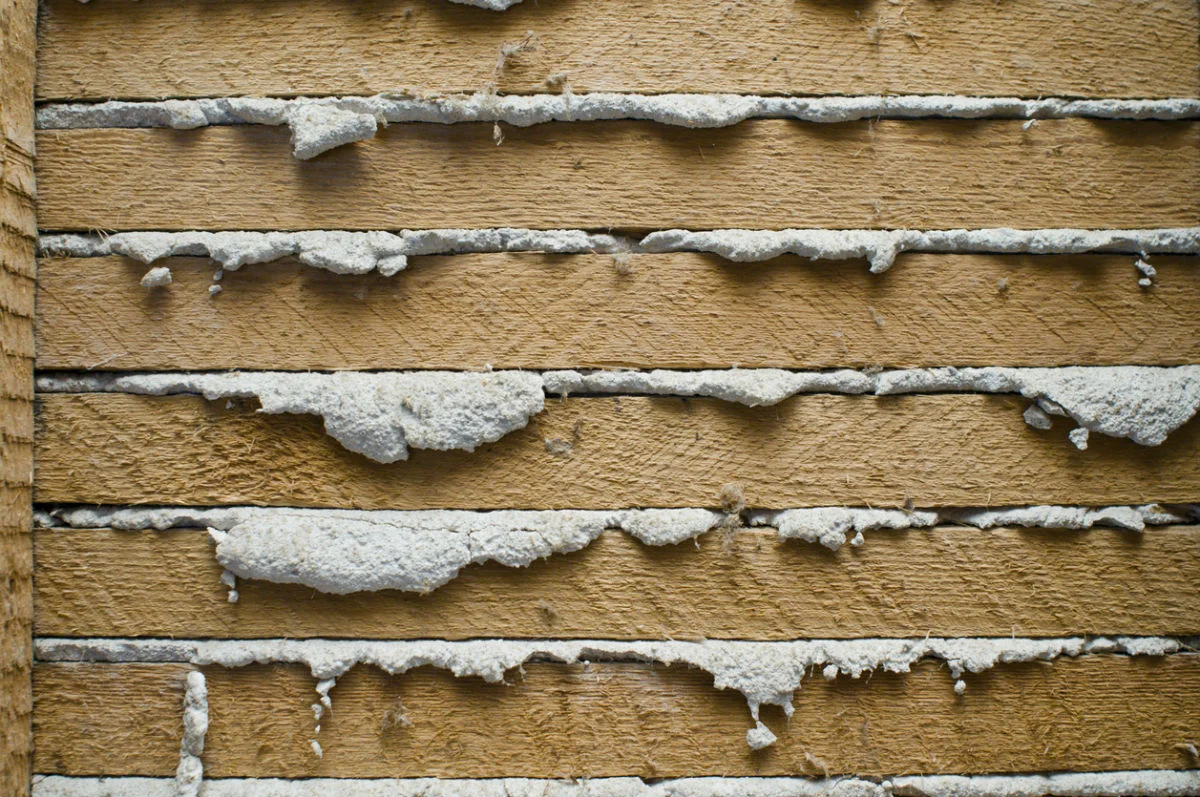
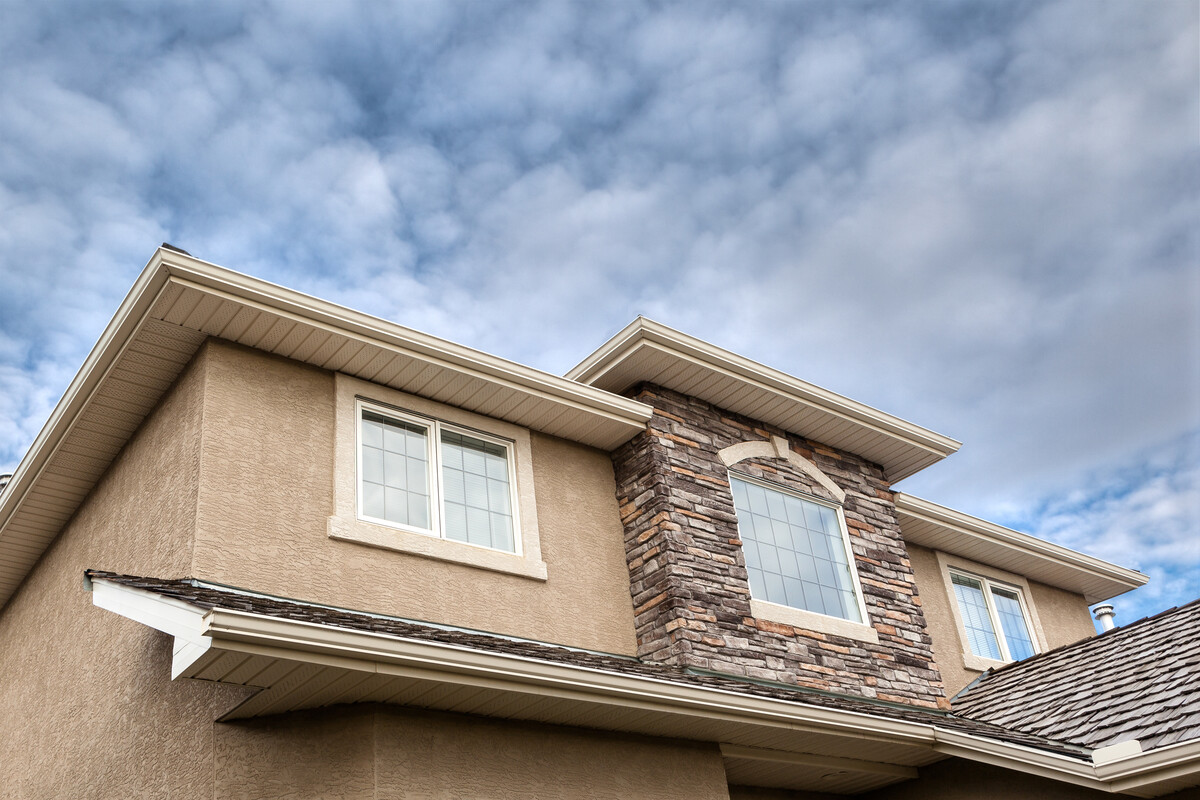

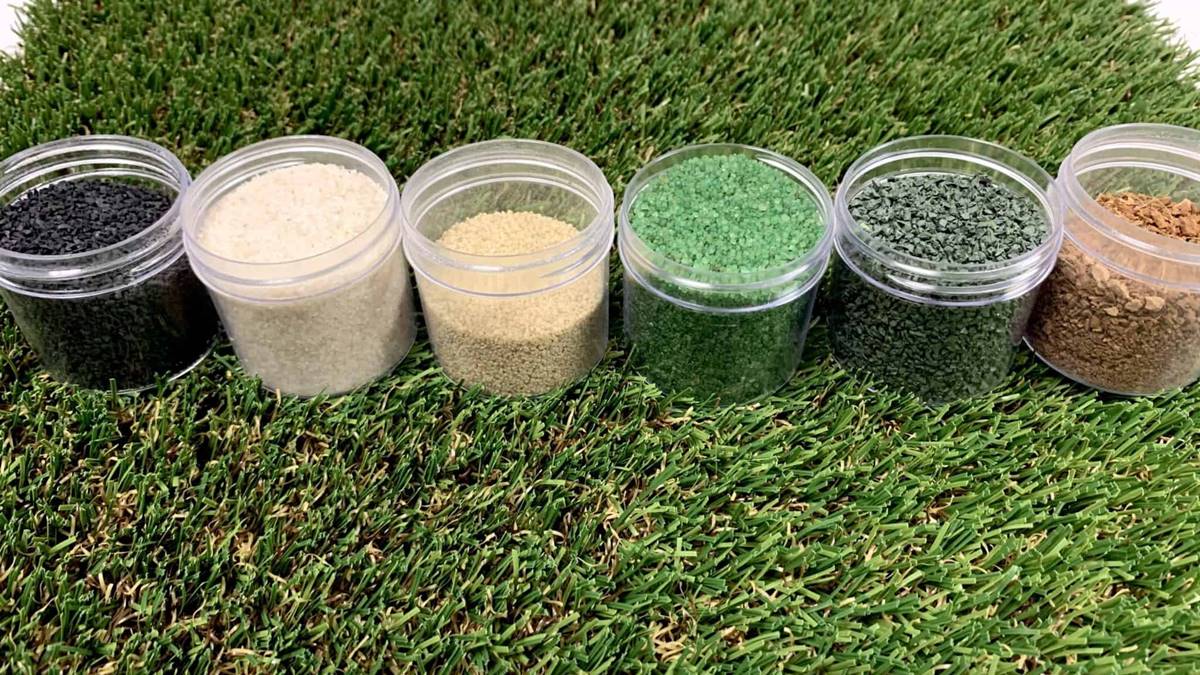
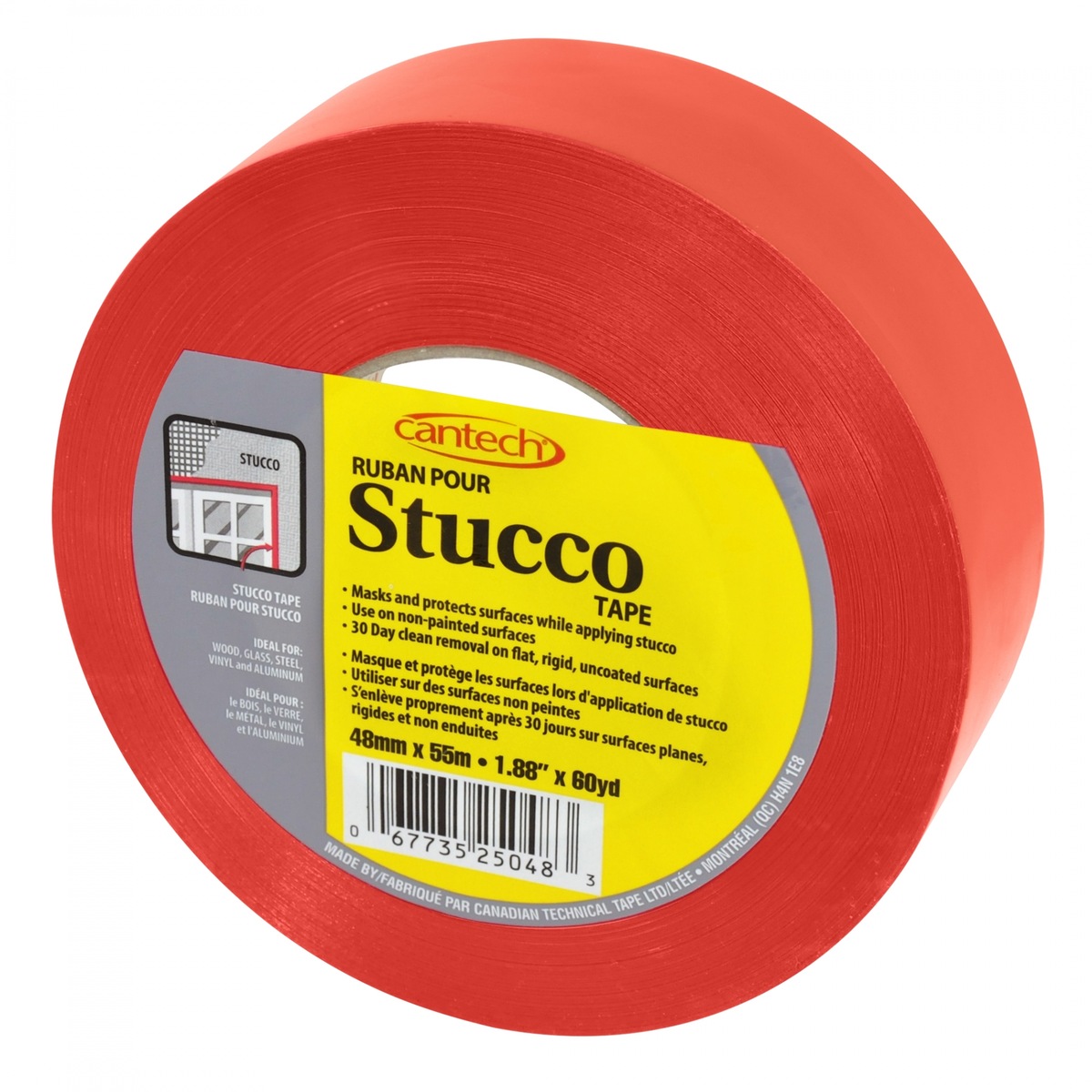
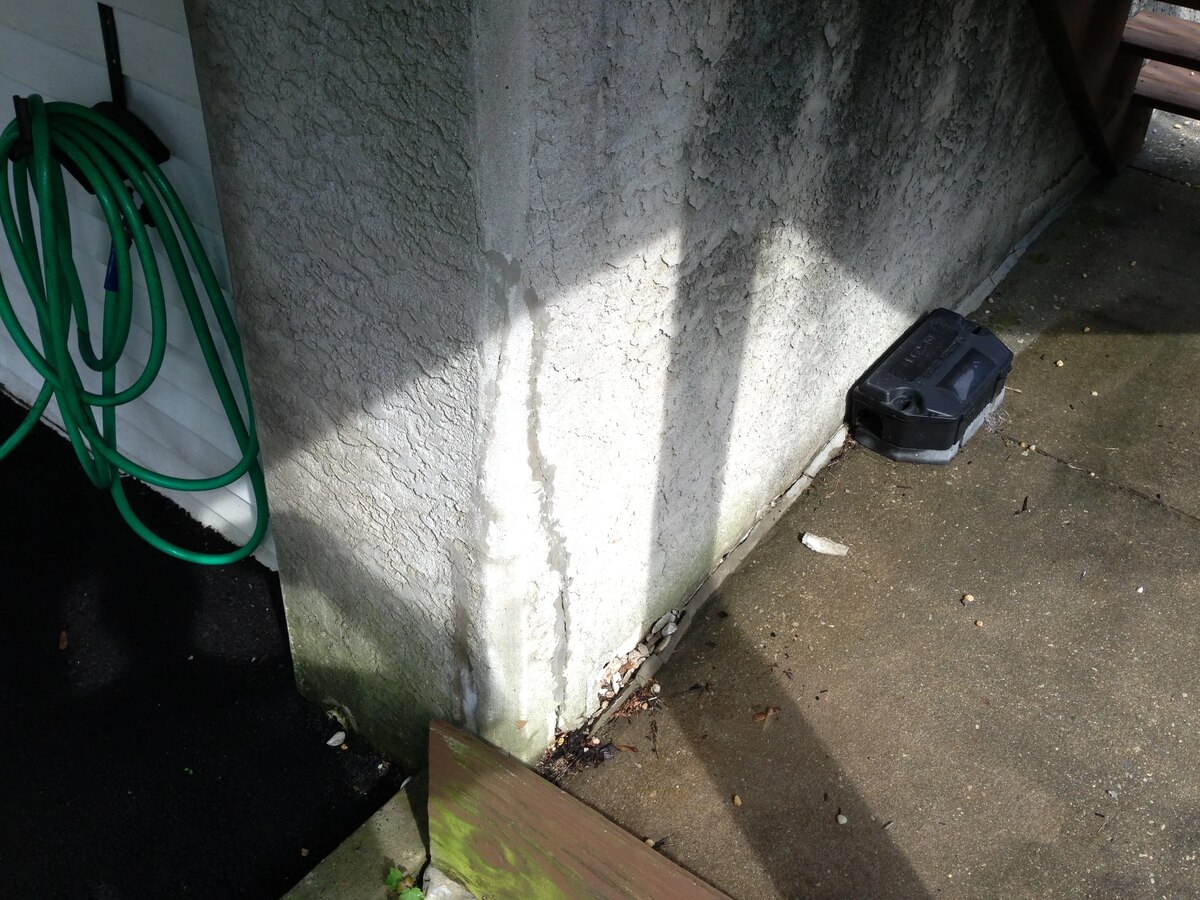
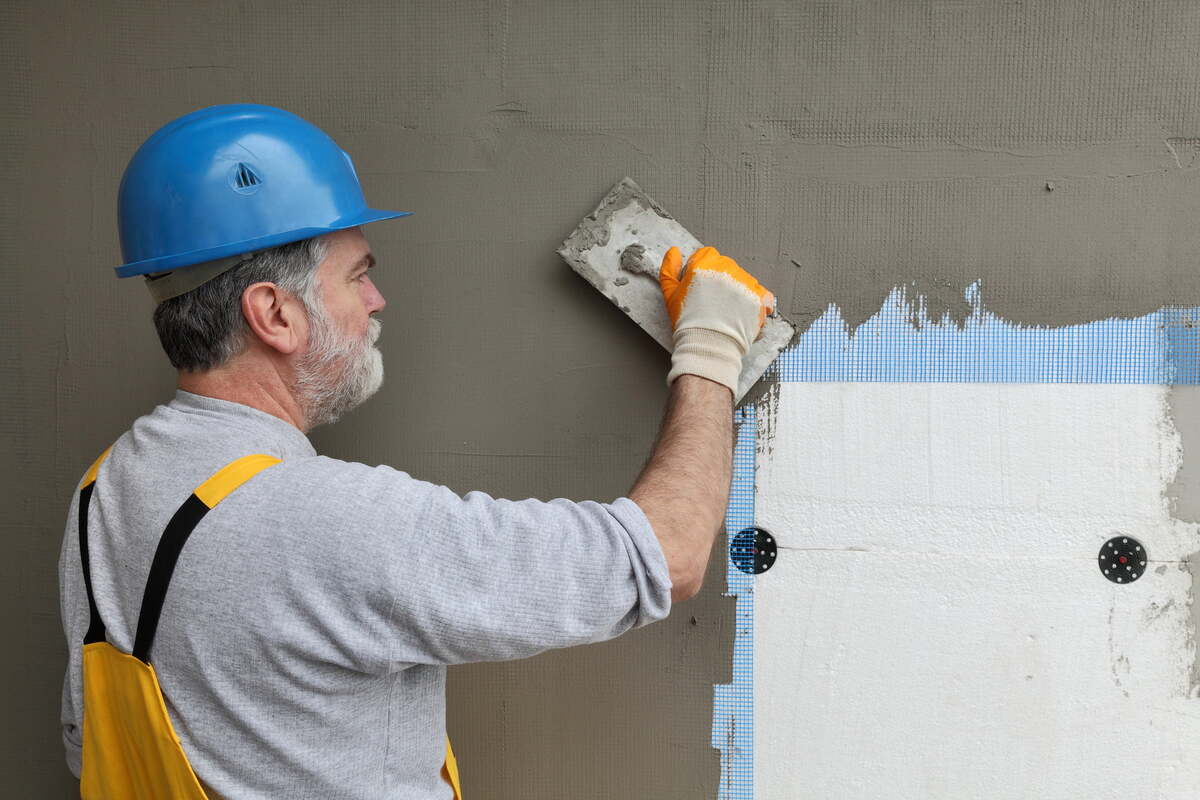
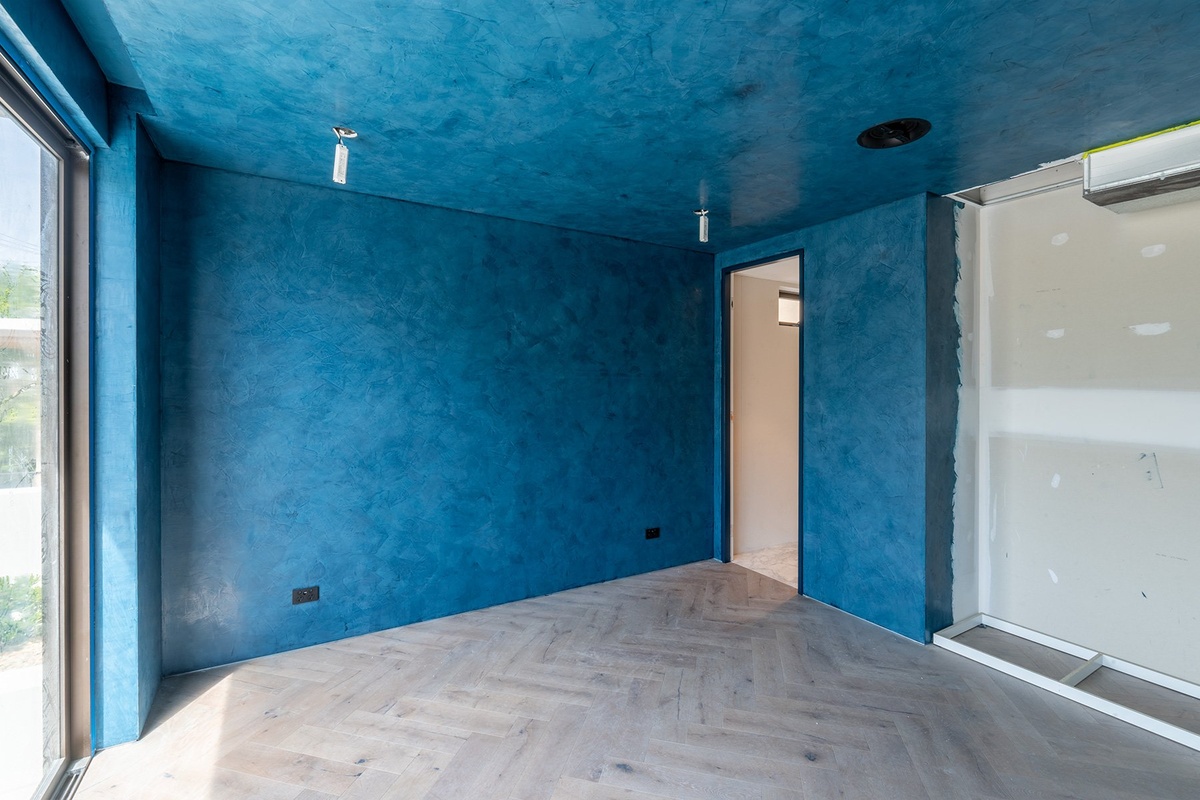
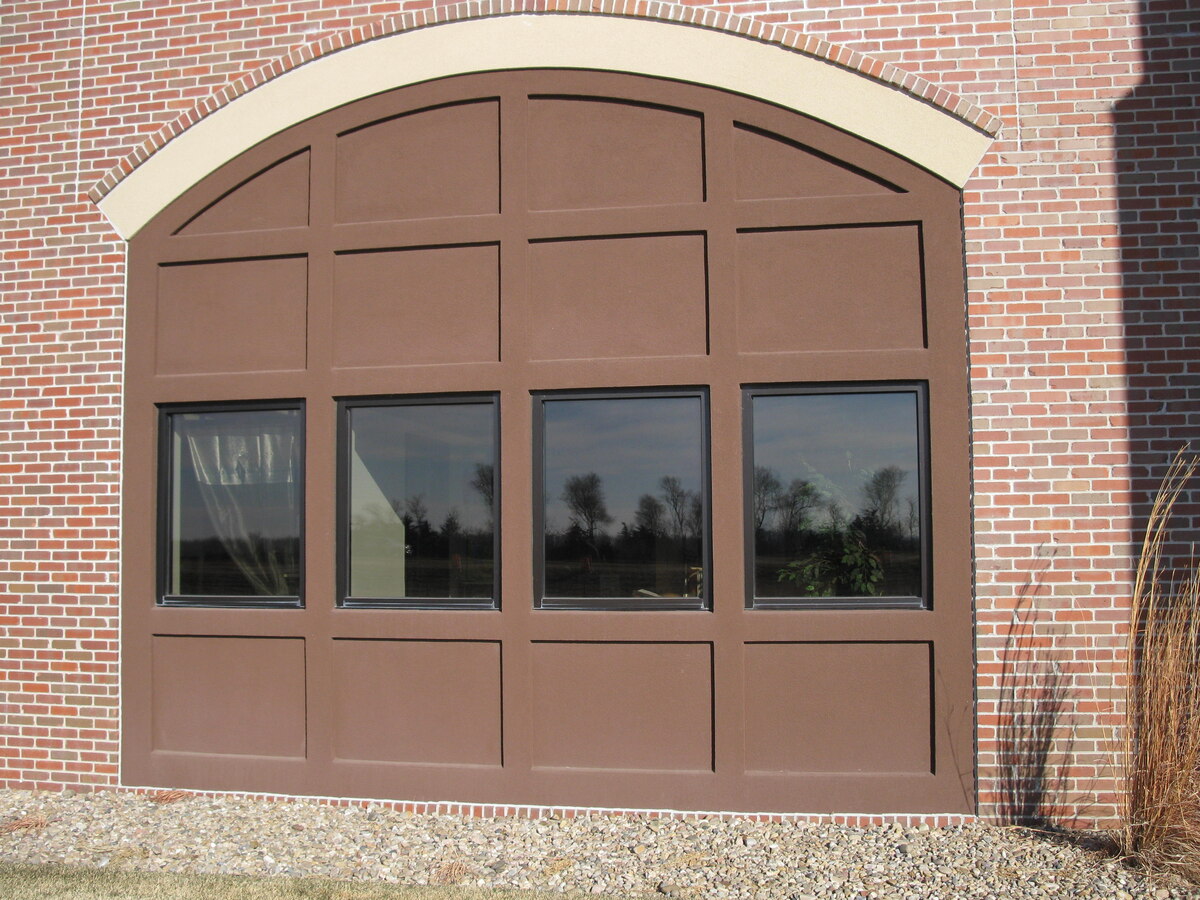
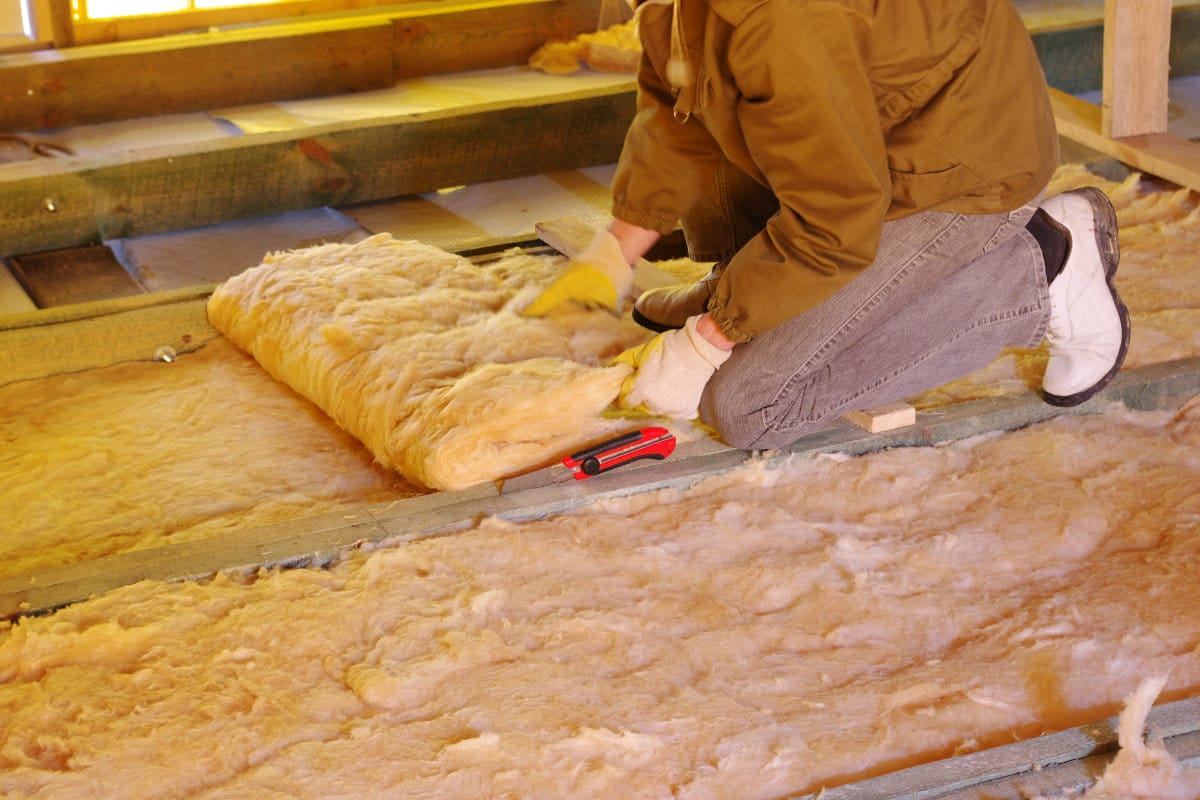
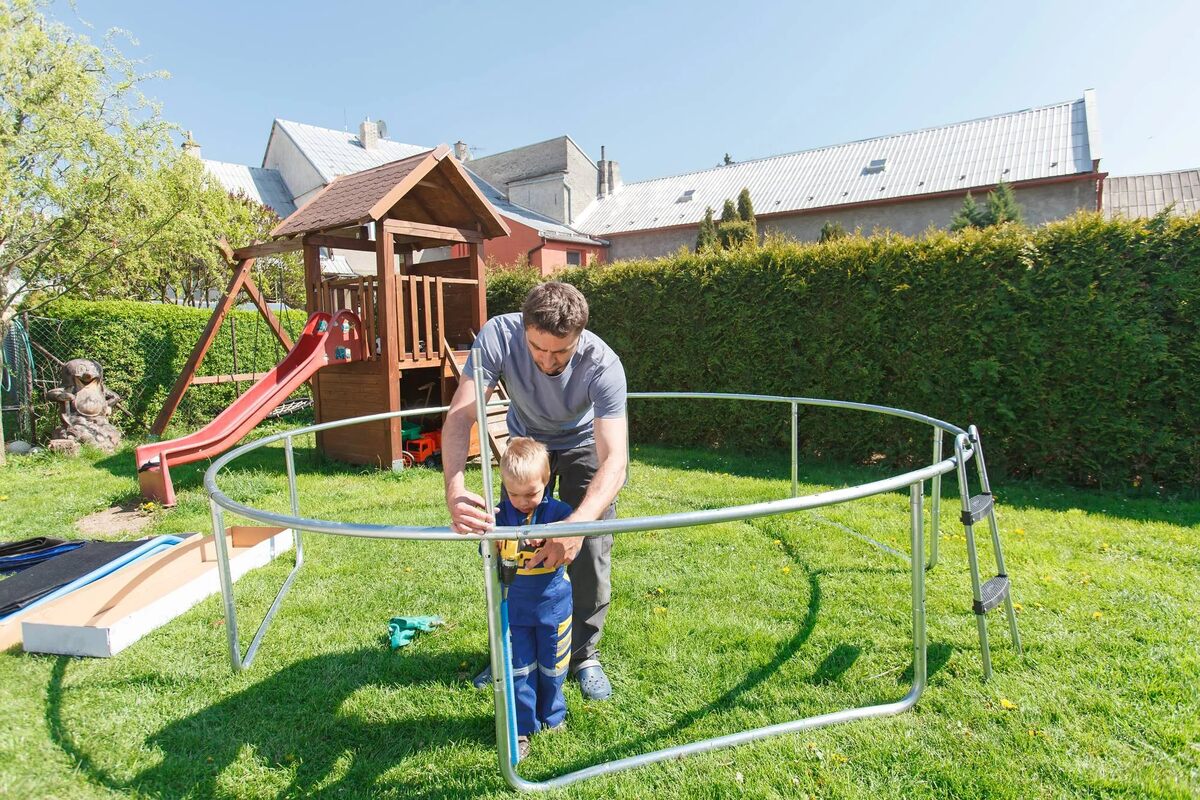
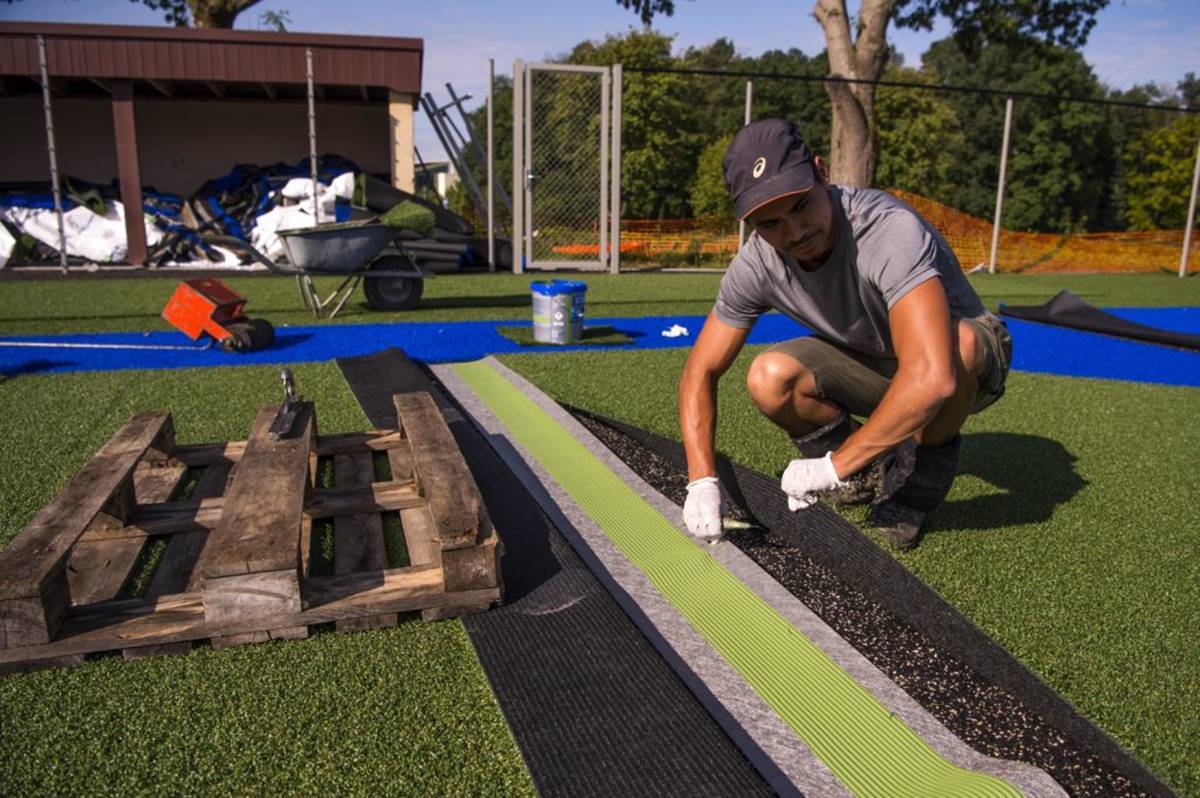


0 thoughts on “What Is Synthetic Stucco Made Of”